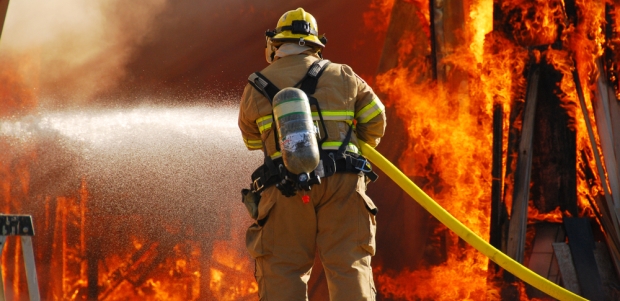
New Study Examines Violence Against First Responders
It will examine the circumstances surrounding violence aimed at these responders and their effects on personnel, look at technological and operational ways to prevent violent workplace/on-duty incidents, determine ways to mitigate these incidents, and give examples of current best practices.
The U.S. Fire Administration is joining with the International Association of Fire Fighters and Drexel University to research best practices for preventing and mitigating violence against firefighters and other first responders. Their study supports the National Fallen Firefighters Foundation's Life Safety Initiative 12 – Violent Incident Response, and USFA plans to publish its findings in early 2017.
It will examine the circumstances surrounding violence aimed at these responders and their effects on personnel, look at technological and operational ways to prevent violent workplace/on-duty incidents, determine ways to mitigate these incidents, and give examples of current best practices.
While America's firefighters always have responded to incidents that were the result of, or caused by, acts of violence, they themselves have been targeted in recent years. The foundation notes that, on most occasions, fire personnel could respond, render service, and return to quarters. But in March 2006, former Peoria, Ariz. Fire Department Fire Inspector Howard M. Munding produced a thesis titled "Violence Against Firefighter: Angels of Mercy Under Attack" in which he cited a statistic that an estimated 700,000 assaults occur on paramedics and emergency medical technicians annually, and a 2008 National Fire Protection Association Firefighter Fatality Report said 32 firefighters died from assaults while on duty in the report's 32-year history.
"At the end of 2010, that number grew to 34, or one firefighter per year," according to the foundation, which says these strategies can reduce the likelihood of injury or death from responding to incidents of violence:
- Improve understanding and application of Dynamic Risk Management.
- Initiate or improve communication with the local law enforcement component.
- Define and expand the role of dispatchers in reducing risk.
- Prohibit single-person resource response to violent incidents
- Require the use of an Incident Management System.
- Communicate directly with law enforcement prior to operating at an incident of violence.
- De-commit personnel and equipment and leave if violence commences or recurs during fire department operations.
- Obtain stakeholder understanding and buy-in of response and deployment policies, including non-response and non-engagement at incidents of violence.